Understanding Nioi and Nie
Within the hamon—the visible temper line on a Japanese sword—different structures appear based on the characteristics of martensite formed during quenching. If the martensite particles are extremely fine and create an overall misty or smoky effect, the blade is said to have nioi-de kita ha ("appearing with nioi"). Conversely, when the martensite crystallizes into visible grains, it produces a phenomenon known as nie-de kita ha ("appearing with nie").
Nie varies depending on the size of the crystals:
- Small particles form what is called ko-nie (small nie).
- Larger grains are termed o-nie (large nie).
-
Massive, continuous formations are known as arabashiri or hōshi-nie, creating a bolder, more dramatic texture.

Unique Features Created by Nie
Concentrations of nie can sometimes align in flowing patterns that resemble streams of sand, a beautiful phenomenon called sunagashi ("sand flow").
Nie is not limited to the hamon alone; it may also appear on the ji (the blade surface outside the hamon), where it is referred to as ji-nie.
When ji-nie is dense and uniformly distributed, it can produce a surface texture known as nashiji-hada ("pear skin texture"), highly prized for its subtle beauty.
Kinsuji, Tobiyaki, and Other Special Effects
Occasionally, lines of martensitic structure will form within the hamon:
- Straight lines are called kinsuji ("golden lines").
- Curved or wavy lines are known as tobiyaki ("flying flames" or "leaping fires").
If similar structures appear in the ji area rather than the hamon, they are referred to as chikei ("ground lines").
Blades exhibiting clear kinsuji, tobiyaki, or chikei are considered exceptionally valuable, as these features indicate refined quenching skill and add tremendous visual depth to the blade.
The Enigma of Utsuri
Another mysterious phenomenon seen in fine blades is utsuri.
Utsuri manifests as pale, ghostly patches or bands across the ji, distinct from the hamon itself.
Unlike nioi and nie, utsuri does not consist of martensite. Its precise metallurgical nature remains somewhat unclear even today. Achieving utsuri requires extremely precise control during quenching, often necessitating multiple attempts by the swordsmith to succeed.
The Secrets of Quenching: Water and Timing
The quenching process, which creates nioi, nie, and other microstructures, is traditionally performed at night. Working in the darkness allows the smith to better observe the blade’s color and judge its temperature before immersion.
The water temperature used for quenching is critical—arguably the single most important factor affecting the quality of the blade. Throughout history, the exact water temperature has been regarded as a trade secret, passed down carefully and rarely disclosed to outsiders.
There is even a famous story of a swordsmith who attempted to discover a rival's quenching water temperature by secretly dipping his finger into the cooling tank. Upon discovery, he was severely punished, having a hand amputated to ensure the secrecy of this vital knowledge.
Final Quality Inspection
Once forging and polishing are complete, the sword undergoes a final inspection, scrutinizing every detail.
A skilled artisan will gently tap the blade and listen to the resonance:
- A deep, rich tone near the guard (tsuba) and a bright, clear sound near the tip (kissaki) are indicators of an ideally forged blade.
- Abrupt or irregular changes in tone suggest inconsistencies in material distribution, thickness, or blade geometry.
If flaws are detected at this stage, a reputable swordsmith would rather discard the blade than allow a compromised work to tarnish their name.
Read more
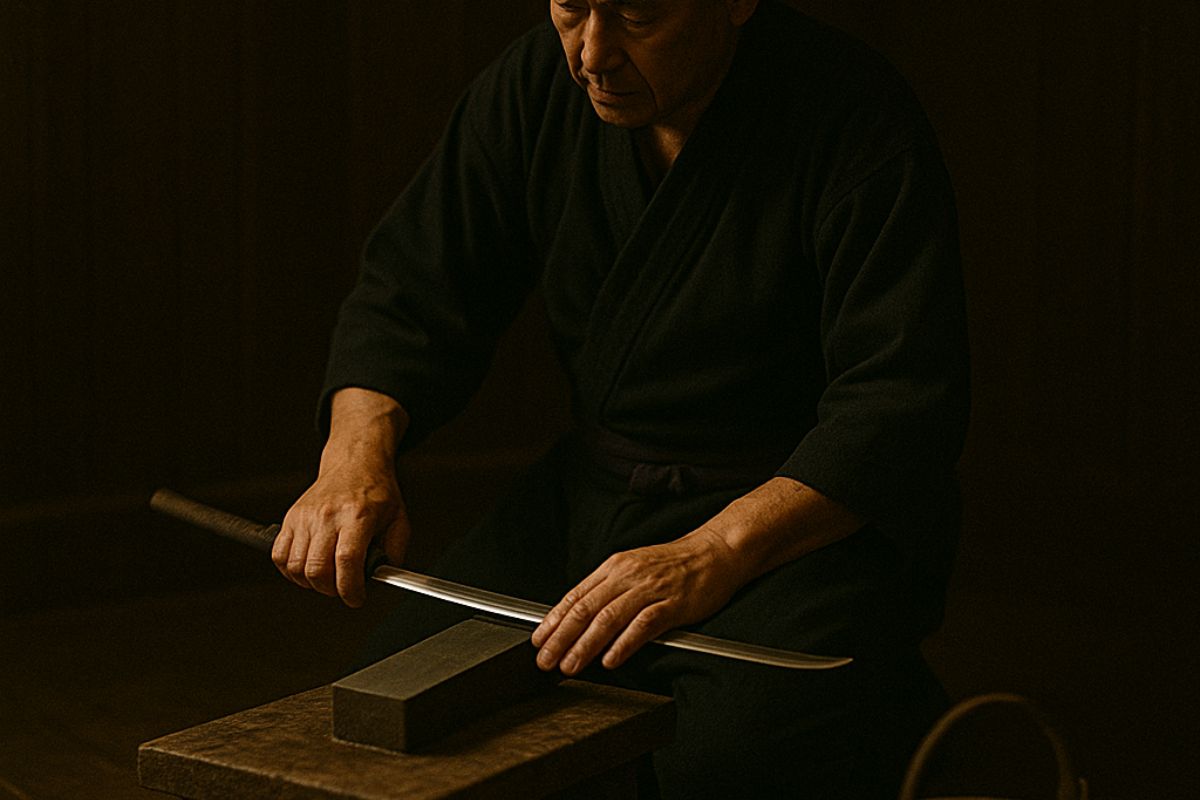
Discover the intricate craftsmanship behind Japanese sword polishing and tameshigiri test cutting. Learn how master polishers reveal the hamon’s hidden beauty.
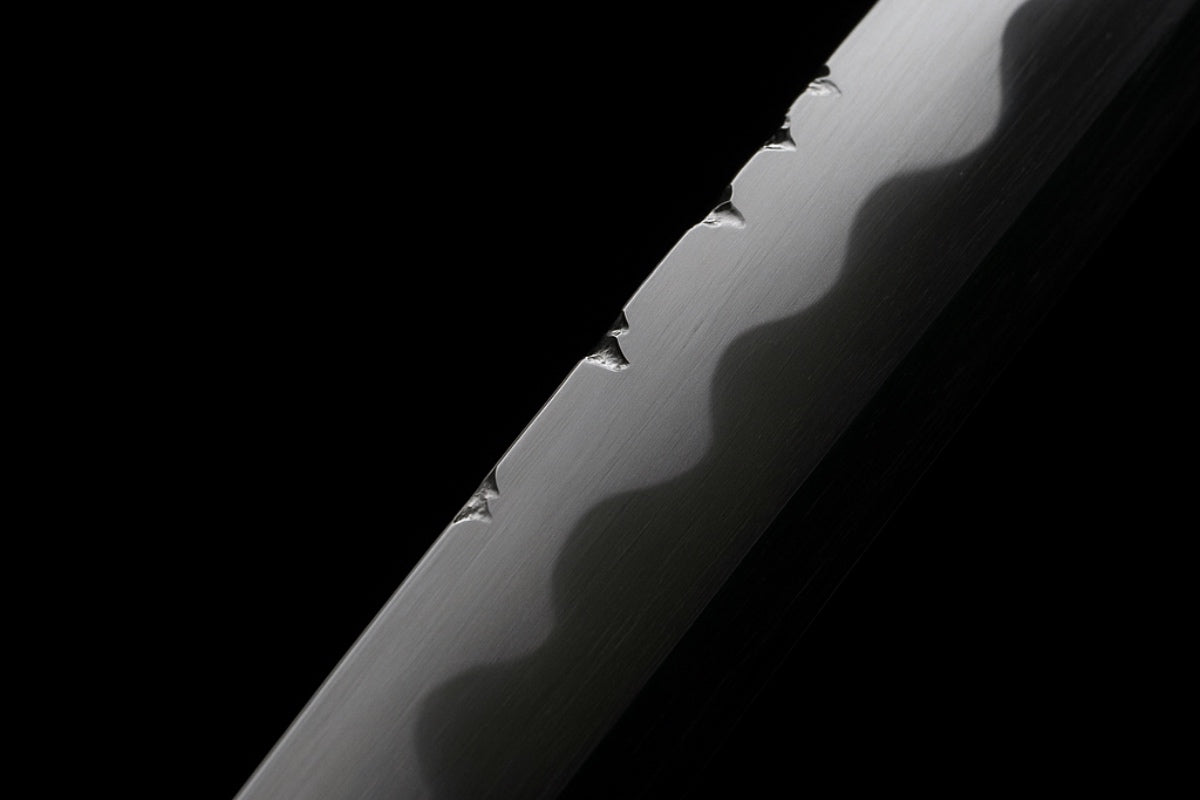
Due to their complex forging process, exposure to battle damage, and centuries of aging, samurai swords often exhibit a variety of flaws. While minor defects that do not affect performance are usu...
Shop katana
Our katana store offers a wide selection of japanese swords — from traditional katanas and anime-inspired designs to fully functional blades — featuring a variety of materials and craftsmanship to suit your preferences.




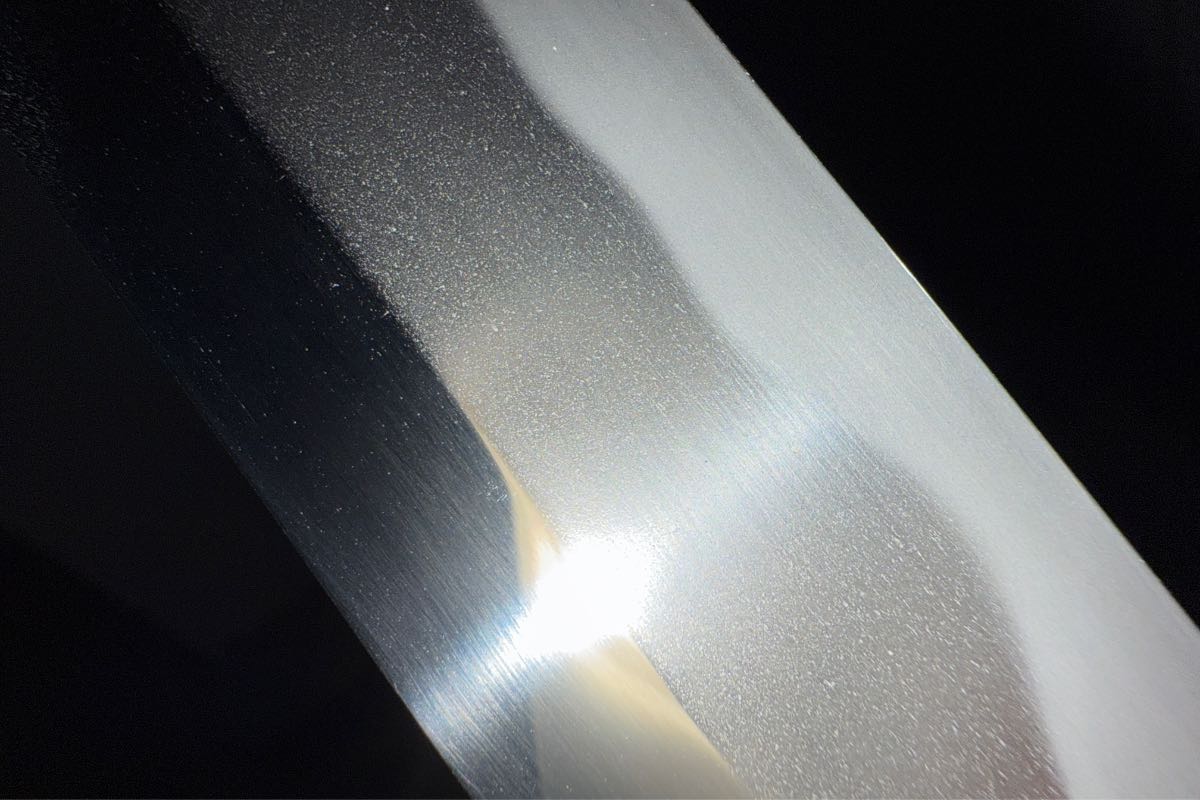
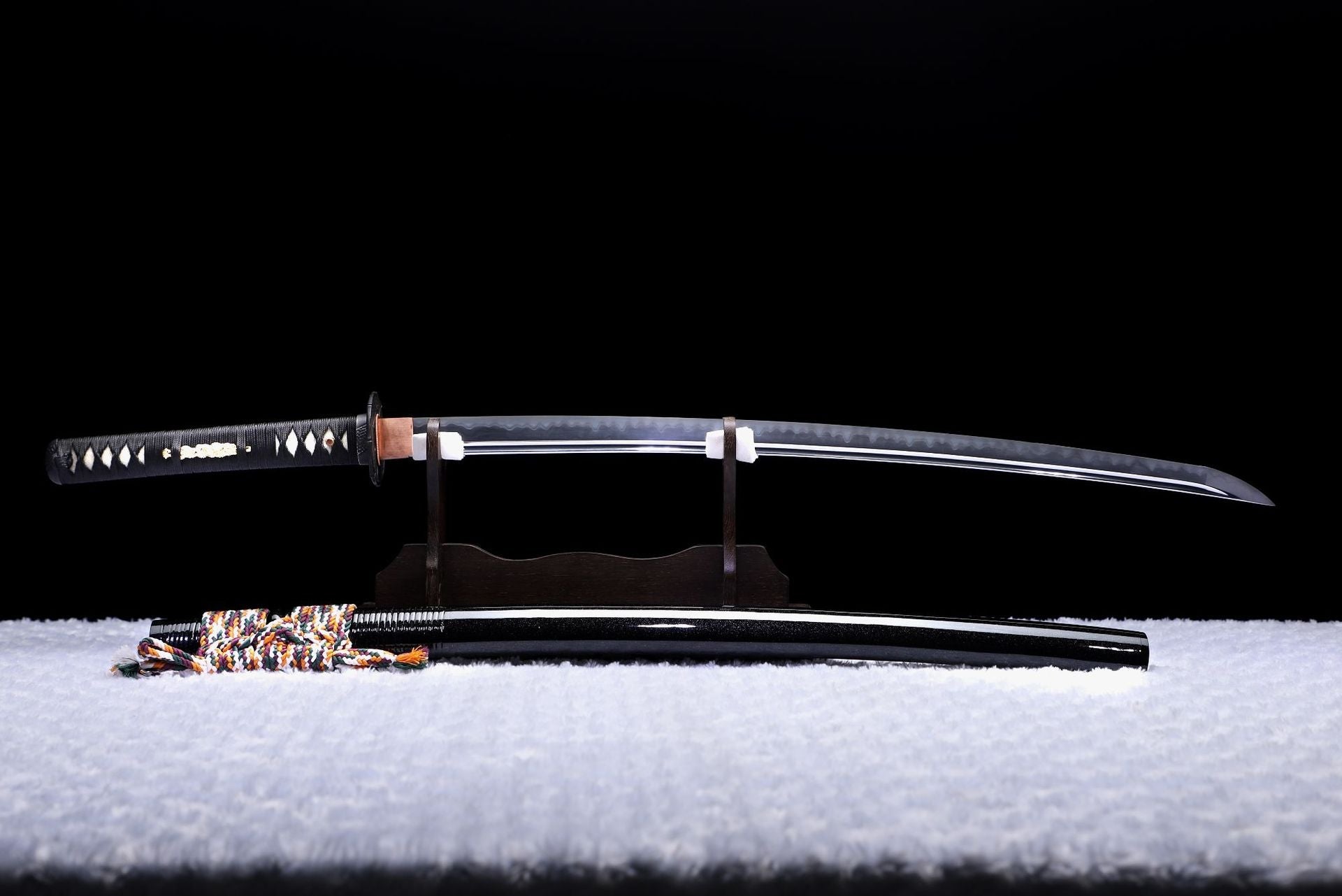
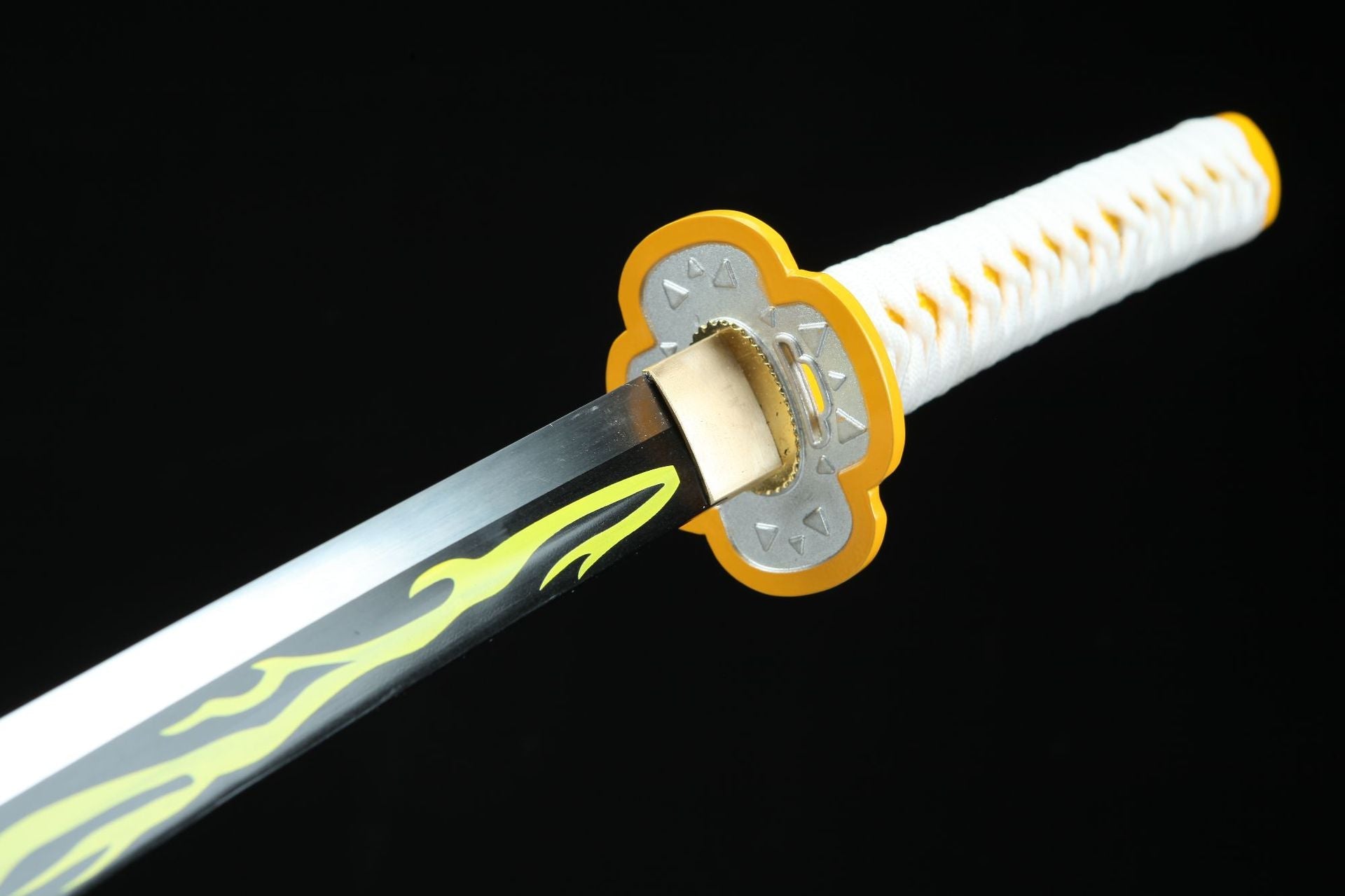
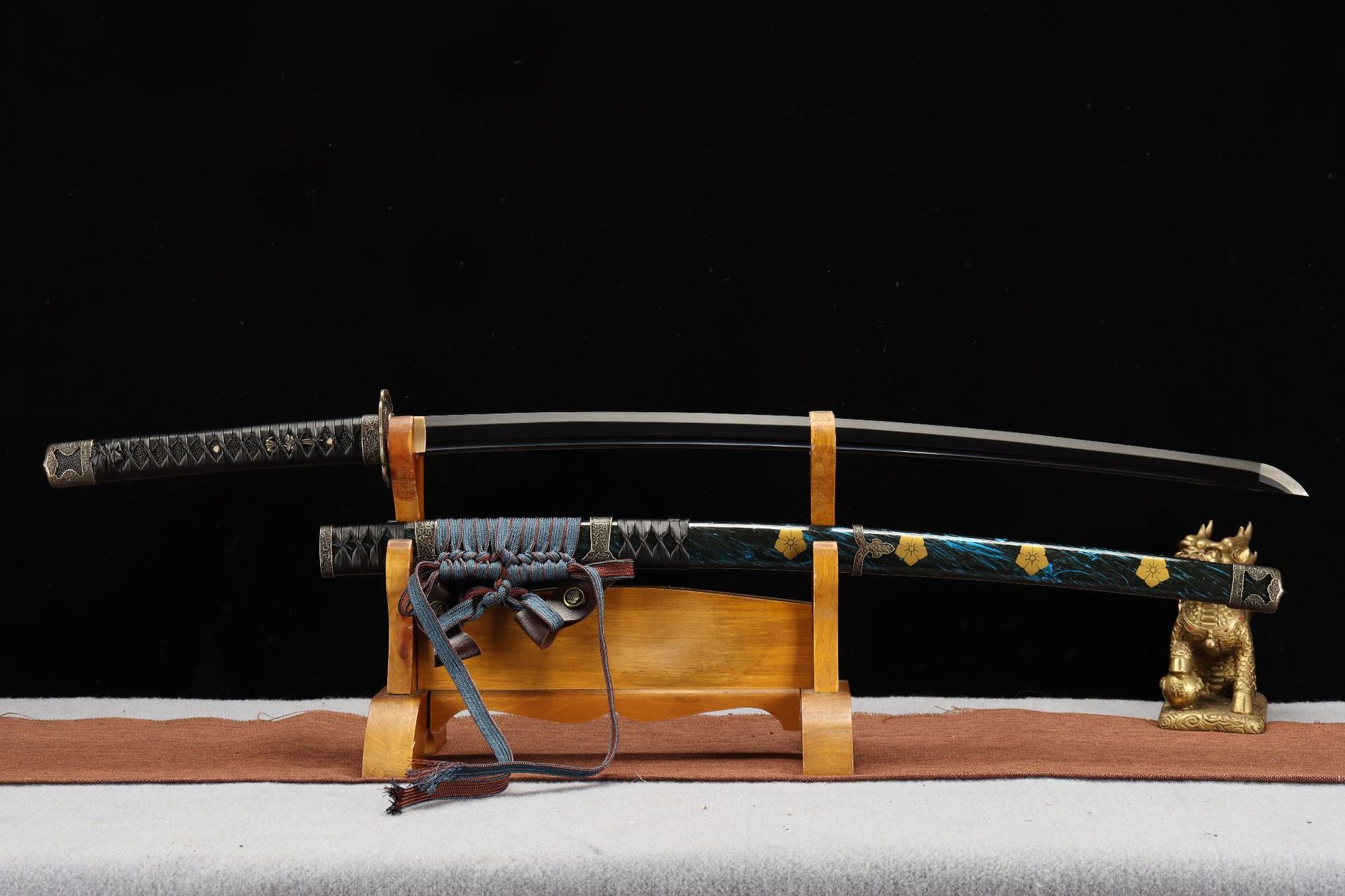
Leave a comment
All comments are moderated before being published.
This site is protected by hCaptcha and the hCaptcha Privacy Policy and Terms of Service apply.